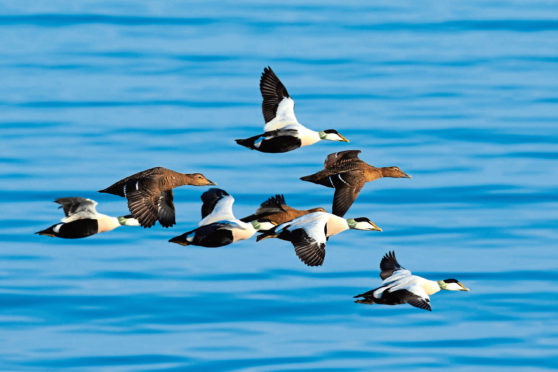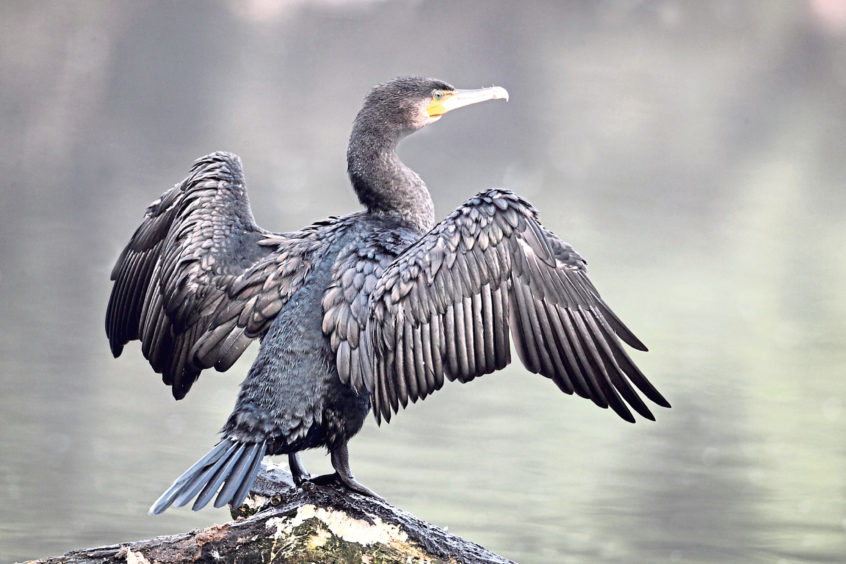A faint pink glimmering on the ground, so I hunkered down to investigate, and discovered by my feet some late-blooming thrift – a plant which normally flowers by our coasts from April to July.
I was at Fife Ness on the easternmost tip of Fife and there were other wildflowers here too, including white-petalled sea mayweed and red campion. These last two, however, often flower into autumn, and I suspect this thrift, which is also known as sea-pink, was just one of those natural anomalies that makes nature special and so full of surprises.
It had been a while since I had last visited Fife Ness. In my younger days, when I was a bit of a bird-geek, I used to love visiting here in spring and autumn to seek out rare migrant songbirds. The area was productive for rarities, especially after a spell of strong easterly winds, which would blow eastern European migrants off-course to make their first landfall on this headland that juts out into the North Sea.
I recall seeing wrynecks, bluethroats, barred warblers and several other unusual species, too. It was twitcher heaven, and undeniably exciting too, as I carefully examined scrubby areas in the hope of spotting something unusual.
But my twitching days are over, and now I get more enjoyment from observing the behaviour of our commoner bird species or seeking out insects and plants. A mellowing of the mind if you like.
As such, a group of eiders out on the water caught my eye. They cooed to each other as they bobbed in amorous harmony amongst the waves, occasionally diving under the water. A great black-backed gull swooped low over the sea, its underparts so ghostly white and contrasting starkly with its dark-cloaked wings and back.
Slightly further offshore, the distinctive black form of a cormorant crested a wave. The sea had been churned-up by a recent gale, turning it into a grey murk. I used to wonder how cormorants and other fish-eating birds could seek out their quarry when the underwater visibility was so poor.
However, a couple of years ago when snorkelling in the Mediterranean, I was lucky enough to spot a hunting shag below me – a bird which behaves in much the same way as a cormorant. It swept along the seabed at great speed, snapping at any fish that swirled-up in front of its long bill. Similarly, I imagine that in poor water visibility, a cormorant relies on chance, pouncing with immediacy upon any fish that might materialise right before its eyes.
As I made my way back from Fife Ness, following the coastal path towards Crail, more wildflowers glowed from the nearby short-cropped grass. It was a polka-dot covering of red clover, which I gave a final lingering look, mindful that winter will soon be here, and our wildflowers will mostly be no more.
Info
As well as Fife Ness, the nearby Isle of May at the mouth of the Firth of Forth is another great place to spot rare migrant birds in spring and autumn. There is a bird-ringing station on the island.











